- A class should have only one reason to change.
- Encourages a class to have a single responsibility.



Design patterns serve as proven solutions to common challenges, providing a shared language and best practices that elevate the quality and efficiency of software construction. In this exploration, we delve deeper into the Factory and Abstract Factory Methods, both categorised under creational design patterns. Uncover the core principles behind these methods, reveal the secrets that empower developers to optimise their code, enhance scalability, and strike a harmonious balance between flexibility and structure.
Moreover, design patterns and SOLID principles are intertwined in software development. SOLID, an acronym for five crucial design principles (SRP, OCP, LSP, ISP, and DIP), plays a vital role in crafting robust, maintainable, and adaptable code. Understanding their importance in the context of design patterns is fundamental for developers.
As we explore the Factory and Abstract Factory Methods, keep in mind that adherence to SOLID principles is key to achieving a better and optimised codebase. The Abstract Factory Method, for instance, emphasises the Open/Closed Principle, showcasing the interplay between design patterns and SOLID principles for a more efficient and adaptable software development process.
Single Responsibility Principle (SRP)
Open/Closed Principle (OCP)
Liskov Substitution Principle (LSP)
Interface Segregation Principle (ISP)
Dependency Inversion Principle (DIP)
Design patterns originated from architectural principles introduced by Christopher Alexander. In 1994, they were adapted for software engineering by Erich Gamma and their team. The purpose is to provide a shared language and proven practices, enhancing collaboration, reducing development time, and improving overall efficiency in construction processes.
Design patterns provide reusable solutions for common issues that arise in the process of software design and development. They represent best practices and proven solutions that have evolved through experience and usage in various software development scenarios. These patterns provide a structured way to solve design problems, making code more maintainable, flexible, and easier to understand.
Design patterns are further classified into three distinct categories:
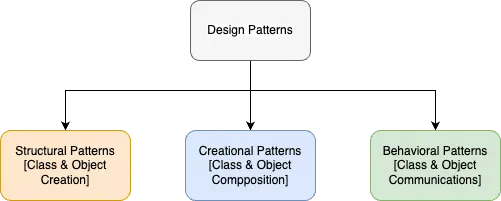
Structural Design Patterns
Structural patterns in software development are blueprints or templates that help organise and connect different parts of a system. They define how classes and objects collaborate, making it easier to build flexible and maintainable software by outlining relationships between components without specifying exact implementation details. Examples include Singleton, Facade Pattern, Composite Pattern, and others.
Creational Design Patterns
These patterns focus on object creation mechanisms, providing ways to create objects in a manner suitable for the situation. Instances of design patterns include Singleton, Factory Method, Abstract Factory, Builder, and Prototype.
Behavioural Design Patterns
Behavioural design patterns are a category of design patterns in software development that focus on how objects interact and communicate with each other. These patterns define how classes and objects can collaborate to accomplish more complex behaviours, distributing responsibilities among them.
The Factory Method pattern is a creational design pattern, where a single abstract factory class/interface declares a method for creating products. Subclasses of the factory provide a concrete implementation of the factory method to create specific product instances. The factory method is usually overridden by the subclasses to instantiate and return the appropriate product.
The Factory Method pattern primarily focuses on creating a single product type. It allows for flexibility in creating different variations of that product by providing different factory subclasses.
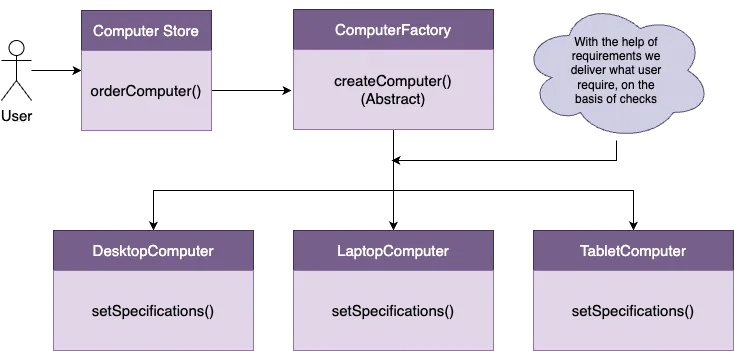
General Example
Imagine we have a computer store app that initially only sells desktop computers. Later, we added laptops and tablets. To handle this variety, we introduced the Factory Method.
Now, we have a ComputerFactory. Its job is to handle all machine selling based on user preferences. If a user wants a desktop computer, the factory creates and sells a desktop computer, and for any other specific requests, it handles those too. The beauty of using the Factory Method here is that it makes the app scalable. If we want to add more computer categories, we only need to update the factory, keeping our app organised and easily expandable.
Key Components
Product:
Factory:
Concrete Products:
Client:
Implementation Examples:
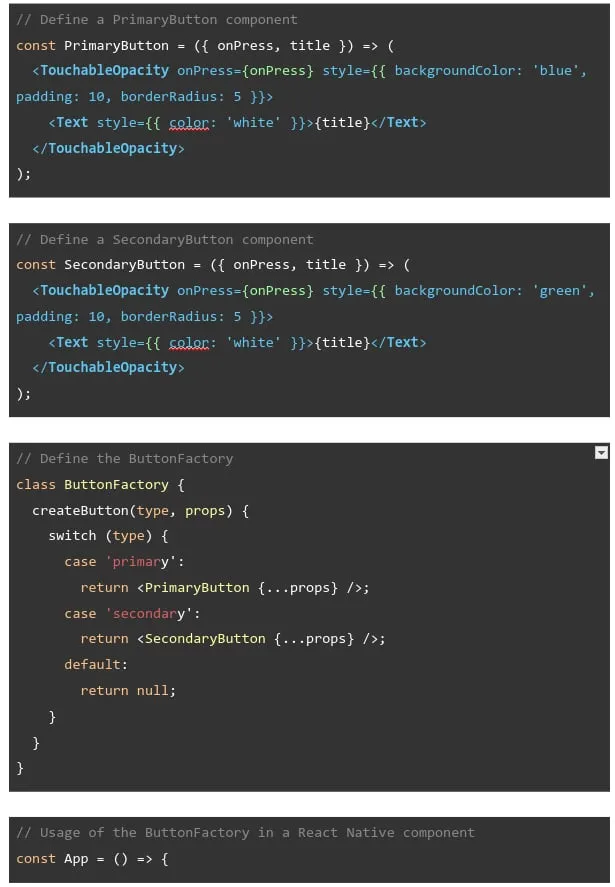
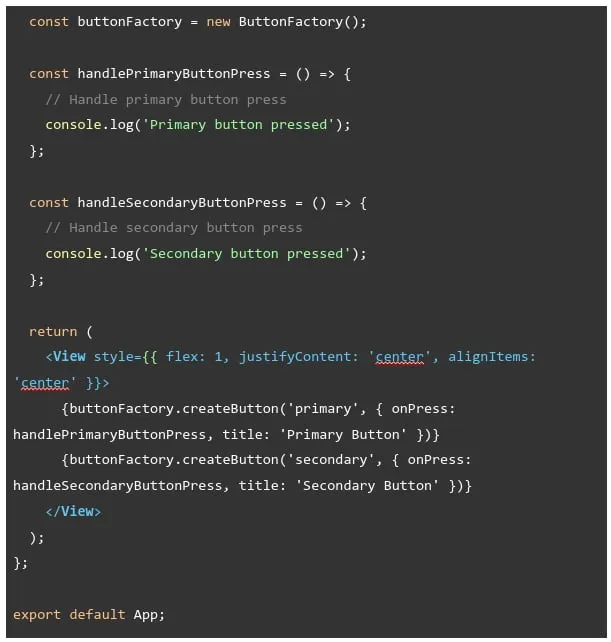
When to use?
Usage Scenarios
Best Practices
Pros
Cons
On the other hand, the Abstract Factory Method is designed to create families of related products. It defines multiple abstract factory classes/interfaces, each with its own set of methods for creating different types of products. Concrete factory implementations provide the specific implementation for creating products within a particular family/variant.
The Abstract Factory Method allows you to create multiple types of products that are designed to work together or belong to a specific variant. It provides a way to create families of related products without directly specifying their concrete classes.
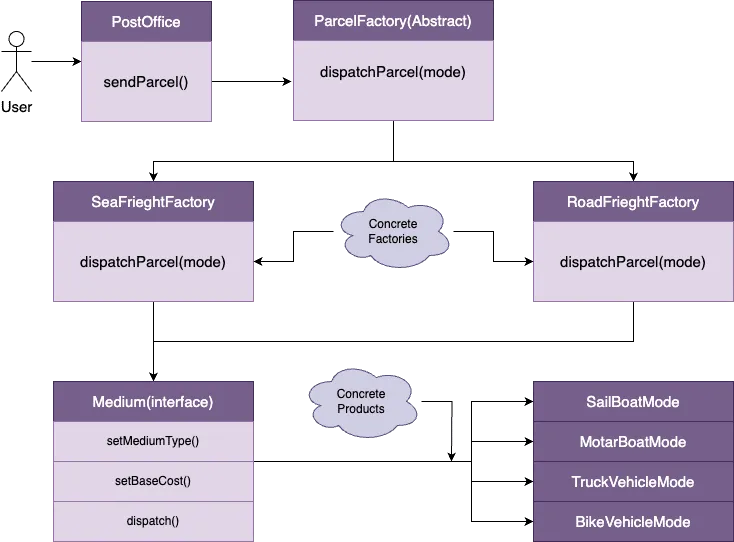
General Example
magine we have a postcard office that initially only allowed ships the posts via sea and land routes. Later, we expanded to include sailboats and bikes in the sea and land shipping category. To manage this diversity, we introduced the Abstract Factory.
Now, we have an abstract ParcelFactory interface. We’ve implemented SeaFrieghtFactory and RoadFrieghtFactory classes, each responsible for shipping the parcels by motorboat, sailboat, and bike, respectively.
Our ParcelFactory uses these concrete factories. Based on the user’s preference, if they want to ship via motorboat, it utilises the SeaFreightFactory to ship by sea using a motorboat, and for truck shipping, it employs the RoadFrieghtFactory to handle the thorough road shipping.
The Abstract Factory Method allows our app to be flexible and scalable. If we decide to add more shipping categories in the future, we can create new factories that follow the ParcelFactory interface, keeping our app structured and easily adaptable to changes.
Key Components
Abstract Factory:
Concrete Factory:
Product Interfaces:
Client:
Implementation Examples
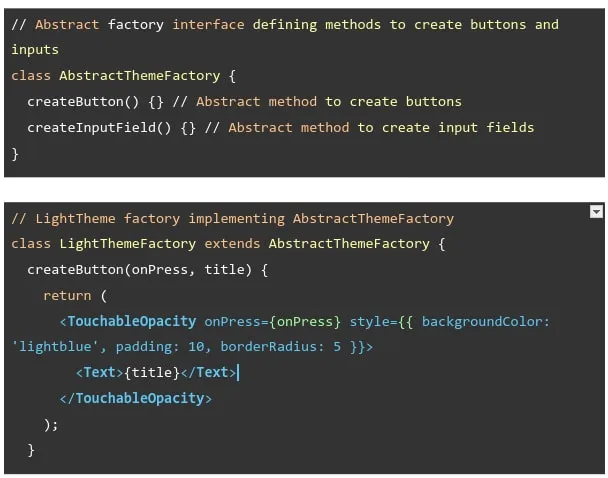
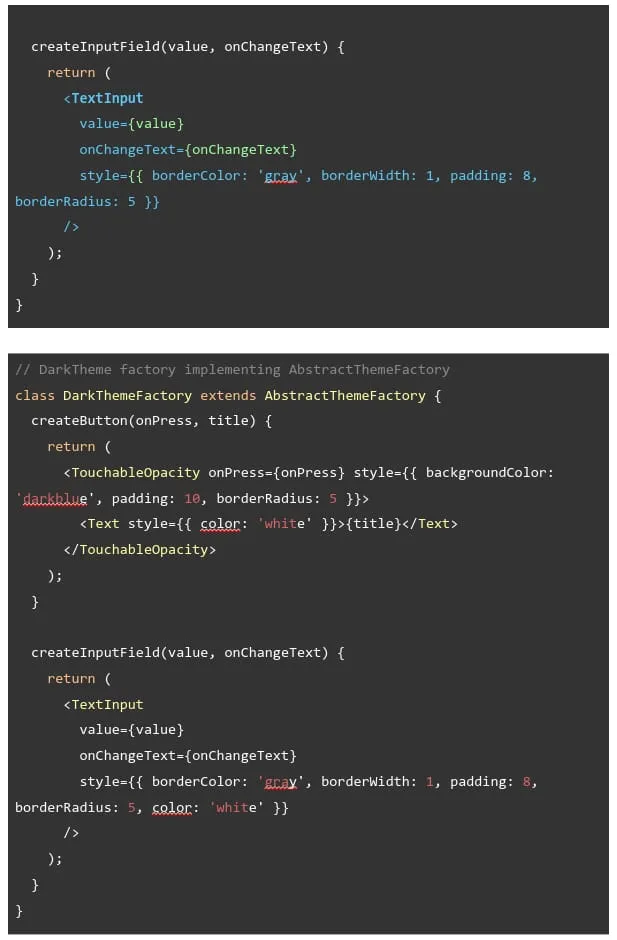
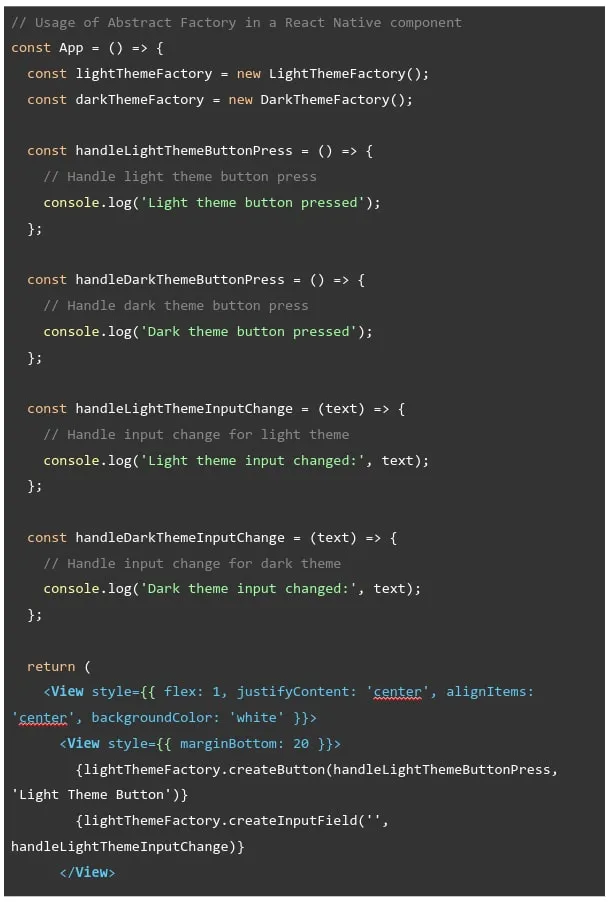
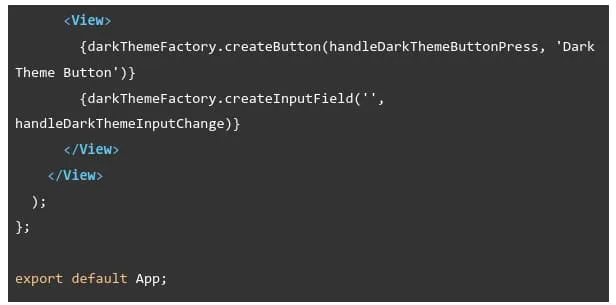
When to use?
Usage Scenarios
Best Practices
Pros
Cons
Scope and Responsibility:
Flexibility and Scalability:
Usage Scenarios:
Design patterns play a crucial role in software engineering, offering reusable solutions to common design problems. Among these patterns, the Factory and Abstract Factory Methods focus on object creation but differ in their scopes and responsibilities.
Factory Method:
Abstract Factory Method:
Facade Design Pattern
The Facade design pattern is like a TV remote control. We use it without knowing how the TV works inside. Likewise, a facade design pattern is like that remote, it simplifies using complex things, giving us buttons to control it without needing to know all the complicated details like hardware and software working.
General Example
A call centre with different sales, technical support, and billing departments. The main menu we hear when we call (press 1 for sales, press 2 for technical support, etc.) acts as a Facade. Regardless of the option we choose, we eventually direct to one operator who then routes our call to the appropriate department behind the scenes. This simplified interface shields us from the complexity of navigating multiple departments, allowing us to interact with just one person who manages our query.
Here’s a Quick Guide to Facade Design Pattern
Simplify Your Code with Factory and Abstract Factory. Dive in for Dev Insights at VT Netzwelt . Level up your software skills today!
Developers should pay attention to abstract factory methods because they provide a way to create families of related objects without specifying their concrete classes, promoting modularity and ease of maintenance. This design pattern enhances code scalability and flexibility, making it easier to manage and extend applications as requirements evolve.
The Factory Method pattern is a creational design pattern, where a single abstract factory class/interface declares a method for creating products. Subclasses of the factory provide a concrete implementation of the factory method to create specific product instances. The factory method is usually overridden by the subclasses to instantiate and return the appropriate product.
Design patterns originated from architectural principles introduced by Christopher Alexander. In 1994, they were adapted for software engineering by Erich Gamma and their team. The purpose is to provide a shared language and proven practices, enhancing collaboration, reducing development time, and improving overall efficiency in construction processes.
The Abstract Factory Method allows you to create multiple types of products that are designed to work together or belong to a specific variant. It provides a way to create families of related products without directly specifying their concrete classes.
Are You Prepared for Digital Transformation?
Healthcare
Building a telehealth app isn’t just coding video calls. It’s about secure, compliant, and user-friendly care platforms. Learn features, costs, and real-world tips to build smarter telemedicine apps.
Devops Consulting
Discover the benefits of DevOps consulting on healthcare mobile apps, from secure and reliable releases to improved compliance and team efficiency
Mobile App Development
Discover how to build a fitness app like MyFitnessPal in 2025 with AI, wearables and smart UX without overspending your development budget.